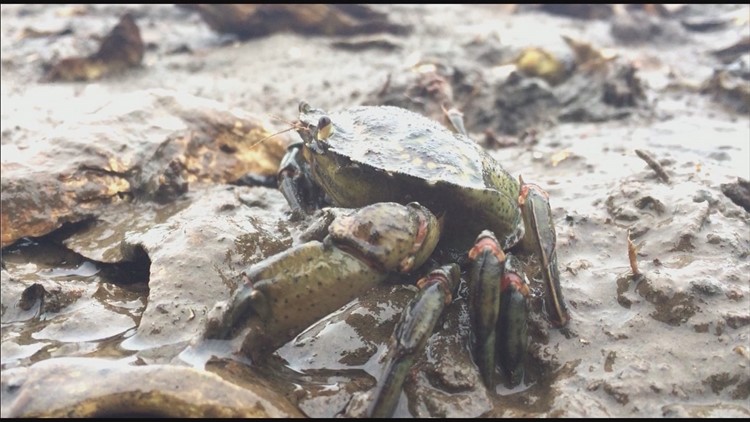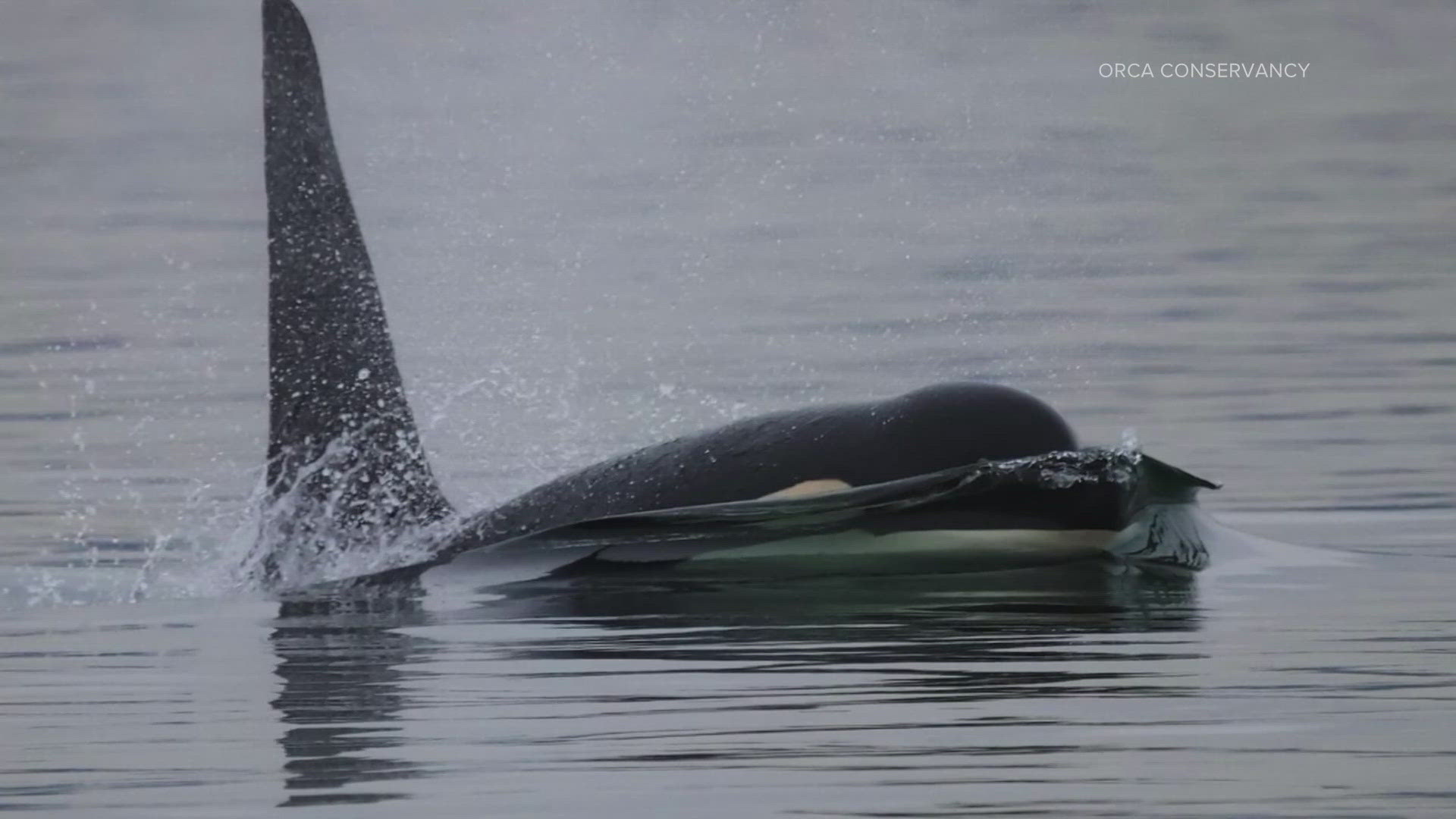SEATTLE — The El Niño winter that Washington is predicted to experience this year could also boost the population growth of an invasive species of crabs.
“Our radar is on high alert next year,” said Emily Grason, a marine ecologist with Washington Sea Grant. “We plan to of course be all out there anyway and do all the work regardless of whether or not it is a warm year, but my sense is that yes, that is something we are potentially looking at next year.”
European green crabs can have large impacts on ecosystems and harm shoreline habitats. They can also prey on juvenile crabs and shellfish and put native species, like Dungeness crab, at risk. They were first seen off the coast of Washington state in 1998, and groups have been fighting to prevent their spread since.
The latest prediction issued earlier this month from the National Weather Service Climate Prediction Center says there is about an 80 percent chance Washington will see an El Niño winter. The weather phenomenon is associated with warmer than normal sea surface temperatures in the Tropical Pacific, which translates to a greater chance of warmer than normal temperatures and drier than normal conditions.
WATCH: What is El Niño?
That warm water also gives green crabs a more hospitable environment to grow. Green crab larvae don’t survive well in sea temperatures below 50 degrees Fahrenheit, according to Grason.
“If they’re not experiencing those cold temperatures then they have much higher survival rates and then can potentially found new populations,” Grason said.
Oceanographic patterns can also play a role. Grason said in non-warm years ocean currents could dump the larvae into wide ocean where it’s too deep for them to survive, but if the currents in warm years push the larvae up on beaches, they have a greater chance of survival, because beaches are good habitat for them.
Grason stressed that ocean temperature is just one factor in whether green crabs will multiply, and a chance of warmer ocean temperatures does not necessarily guarantee more crabs. Their well-being is also linked to other factors, such as availability of food and the number of storms during early fall and winter.
“We could be wrong,” Grason said.
This last monitoring season, which wrapped up in September, brought green crab trappings at several sites in Washington, including the Dungeness Spit, where the crabs were most numerous, and the Tsoo-Yess river estuaries at Makah Bay, where trappers pulled up more than 1,000 crabs.
Both of these sites will be a focus next year, according to Grason.
In the meantime, scientists will spend time figuring out which habitats are most crucial to protect, pinpointing how to target resources, and doing education and outreach.
Grason urged anyone who spends time around saltwater to keep their eyes out for green crabs and learn to distinguish them from native populations.
“There’s something like 2,500 miles of shoreline on just the Washington side, and even if we were all out there all the time, we couldn’t cover all that ground,” she said.
Although they have green in their name, color is not the distinguishing feature on a green crab. The best way to tell a green crab apart is to count the spines next to the eye. Green crabs will have five.
If you do see what looks like a green crab at the beach, take photos and send it to crabteam@uw.edu. Leave the crab in place to avoid accidentally killing a native species, and Washington Sea Grant will follow quickly if it is a European green crab.



